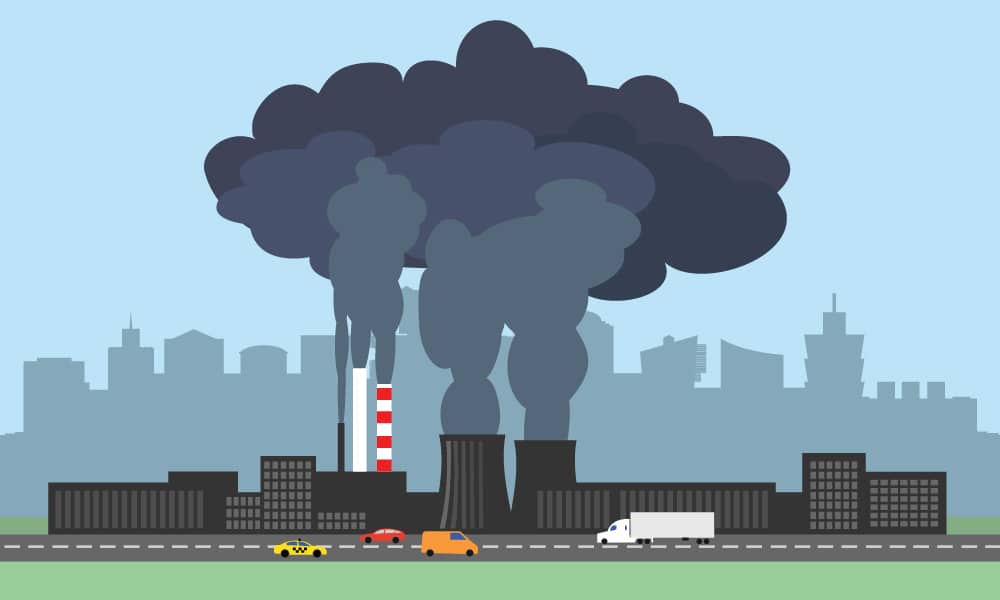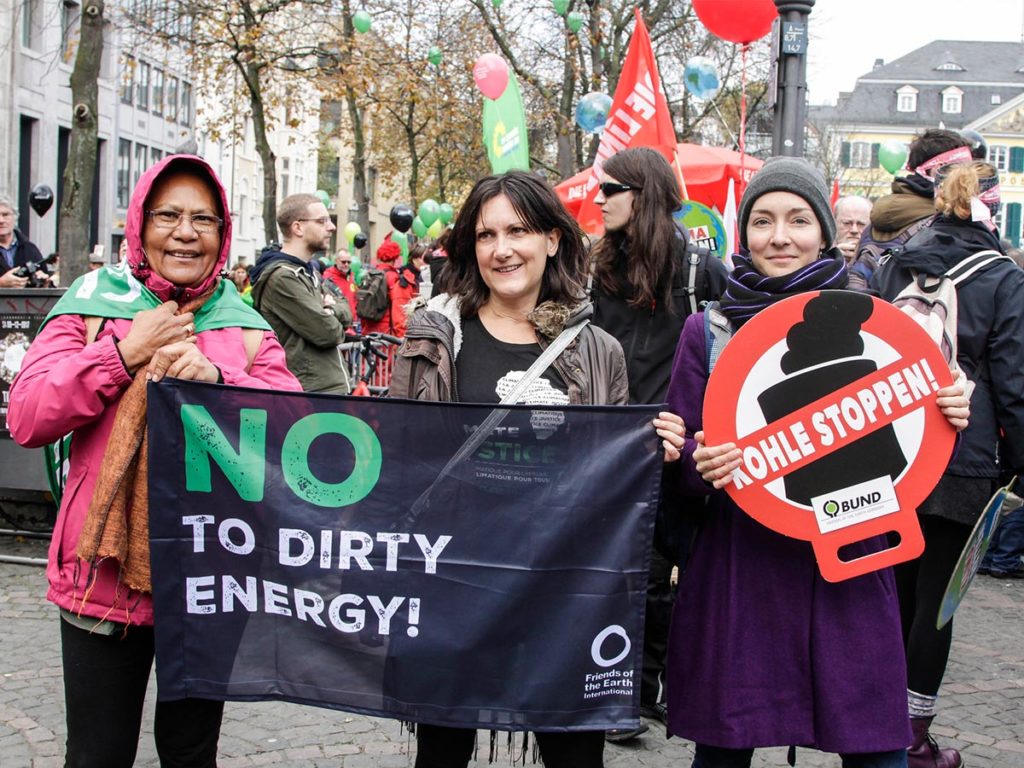- Blog
- Sustainable Economic Systems
- Fossil Fuels
- Export credit agencies must not fund Vietnam’s Long Phu 1 coal plant
Export credit agencies must not fund Vietnam’s Long Phu 1 coal plant
by Kate DeAngelis, International Policy Analyst

Donate Now!
Your contribution will benefit Friends of the Earth.
Stay Informed
Thanks for your interest in Friends of the Earth. You can find information about us and get in touch the following ways:
In today’s New York Times, reporter Mike Ives details the proposed Long Phu 1 Coal Plant in Vietnam and the twisted network of funding from the U.S. Import-Export bank and Russian sources responsible for the construction of this dirty Coal Plant.
Friends of the Earth has a long history of campaigning on this and similar projects. Our two recent reports —Smoke and Mirrors: Debunking the Doctored Numbers on Long Phu-1 Greenhouse Gas Emissions and Failure to Comply: How Long Phu 1 Violates Funders’ Environmental and Social Policies — lay out the environmental case against what could become one of the world’s dirtiest new coal plants.
Trump has made no secret of his desire to increase U.S. dependency on coal. But he’s not just doing this domestically. Through the U.S. Export-Import Bank (Ex-Im), Trump is pushing developing countries toward dependence on coal for decades to come. The bank is set to spend billions of dollars on fossil fuel projects abroad, including $14 billion on pending oil and gas projects.
One of them – the Long Phu-1 coal plant in Vietnam – could become the first overseas coal plant to receive financing from the Trump Administration. If this project goes forward, it would violate international agreements, including Organization of Economic Cooperation and Development (OECD) environmental and social policies related to community health, safety and security, emergency preparedness and response, pollution prevention, and biodiversity conservation. Moreover, Trump’s support would embroil the U.S. in a corruption scandal. Key Vietnam officials and entities involved in the Long Phu 1 project have been charged and fired for violation of anti-corruption laws.
Smoke and Mirrors Are Used to Feign Compliance with International Finance Restrictions
Export credit agencies – including Ex-Im Bank – are collectively the largest source of public financing for coal and other fossil fuel projects abroad. Thus, it was highly significant that on January 1, 2017, the international community implemented restrictions on coal plant financing from OECD member export credit agencies. They committed to end support for less-efficient coal-fired power plants.
Unfortunately, these restrictions are insufficient to encourage the necessary shift to a low carbon pathway. They contain significant loopholes that allow financing for some coal plants, as well as oil and gas. Still, they represent crucial progress in stemming the flow of the tens of billions of dollars that export credit agencies provide to fossil fuel projects every year.
Long Phu-1 clearly falls within the scope of the type of coal plant absolutely prohibited under the OECD coal agreement. As a very large supercritical (that is, less efficient) power plant with two units over 500 MW each, the project is ineligible for financing.
Yet, the sponsors of Long Phu-1 are attempting to use smoke and mirrors to make an otherwise prohibited project appear fundable. Bruce Buckheit, former Senior Counsel in the U.S. Department of Justice’s Environmental Enforcement Section and former Director of the U.S. EPA’s Air Enforcement Division, documents the impossibility of the project sponsor’s claim that the supercritical plant will magically increase its efficiency to the level of ultra-supercritical. They purport that Long Phu will release fewer emissions than even the most efficient plants in the best conditions, such as the Nordjylland coal plant in Denmark. This is only possible in Denmark due to the availability of naturally occurring, extremely cold cooling water. Considering the tropical climate of Vietnam, it seems unfathomable that Long Phu would be able to match, let alone beat, the efficiency of Nordjylland.
The project sponsor also omits the fact that it has contracted with General Electric to build less-efficient steam turbines that GE itself says are designed for supercritical power plants, not the requisite ultra-supercritical level of efficiency. Moreover, in their calculations the consultant completely ignored the energy used while running the coal plant itself, including the pumps, fans, pollution controls, and other auxiliary equipment, which makes it even less efficient.
Given all this, Trump’s Ex-Im Bank and other OECD export credit agencies cannot finance Long Phu-1 without dramatically violating the OECD coal plant financing agreement.
A Better Path Is Available for Vietnam through Renewables
Last year, Jim Kim, President of the World Bank, said that Vietnam’s coal plans “would spell disaster for us and our planet.”
As one of the countries most vulnerable to climate change, Vietnam must rethink its strategy of keeping coal as the majority power source. The catastrophic impacts of climate change will ensure that Vietnam, its neighbors, and the entire world will pay a heavy price for continuing to rely on dirty coal. Similarly, OECD countries could not possibly consider financing coal if they are serious about the Paris Agreement and keeping global temperature rise below two degrees Celsius.
But Vietnam can choose to take another path – one that will result in a cleaner and safer future for the country. Vietnam is lucky to have a wealth of wind and solar at its disposal. One study found that the potential for wind speeds greater than six meters per second was 27 GW. In addition, the region of Vietnam where Long Phu would be built has a solar potential of 1400 kilowatt hours per year – roughly equivalent to Florida. Despite this strong potential, Vietnam’s current goals are only 6 GW goal for wind generation and 12 GW for solar by 2030.
Now is the time for Ex-Im Bank to quit subsidizing corrupt coal and other fossil fuel projects. And now is also the time for the U.S. to help Vietnam embrace wind and solar and quickly shift away from dirty coal plants like Long Phu.

